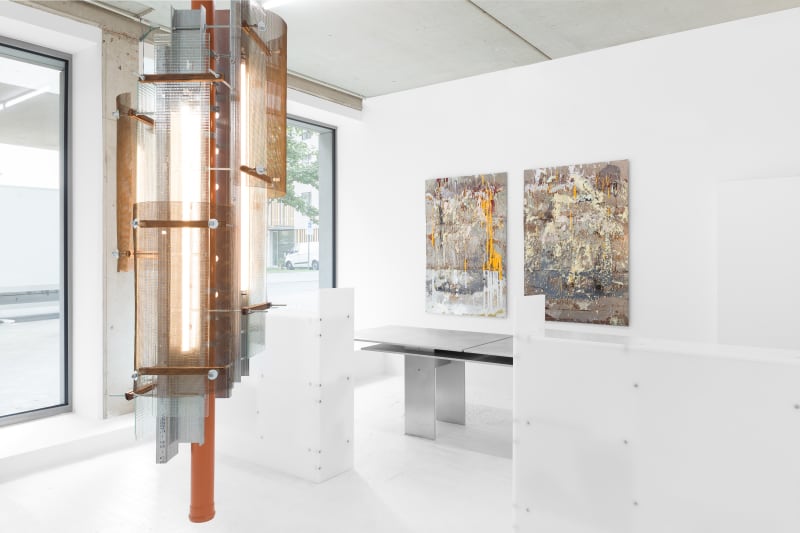Human Nature: Group Exhibition
Culture can perhaps be defined as that which does not emerge or grow by itself but needs a helping hand. Paradoxically, there is nothing that comes more natural to humans than culture. Raising a child, cultivating the land – these are more than ‘natural’ things for humans to do, they are cultural undertakings. Over the course of several millennia, from the first agricultural techniques to the hypertechnological civilization we now live in, cultural techniques have liberated us from natural constraints.
But in the last few decades we have reached a turning point: humans are free from natural constraints, but nature is no longer free from human intervention. Known as the Anthropocene, ours is an era in which every bit of nature is deeply impacted by humans. Today, there is literally no ‘nature’ that is entirely devoid of human influence. So where do we take things from here? How are we going to deal with this unique situation in which everything in nature is now somehow impacted by humanity? These are the questions at the heart of Everyday Gallery’s latest group exhibition, Human Nature.
Focusing on creative work that transgresses the boundaries between visual arts, architecture, and design, Human Nature features works by up-and-coming and more established artists like Mirko Canesi, Ciro Duclos, Arnaud Eubelen, Marc Leschelier, Estrid Lutz, Xavier Mary, Yoel Pytowski, and Janne Schimmel. What binds these artists together is their keen interest in querying and questioning the distinction between the natural and the human. Instead of accepting that distinction as a given, they deconstruct it. And having done so, they creatively explore new ways to think about the relation between humans and nature.
Often this creative exploration is mediated by working with cutting edge technologies in a deliberately unconventional way. Artists like Estrid Lutz or Janne Schimmel take a metaphorical bite out of the latest developments in computer-mediated technologies and do something completely unexpected with it. Taking a home computer system apart and creatively reassembling it again to make it look like an uncanny and alien technology, but still fully functioning, or repurposing cutting edge technological materials as the basis for a work that travels the fluid terrain between painting and sculpture.
Whereas artists like Mirko Canessi, Ciro Duclos and Xavier Mary take a more graphic and figurative approach to the question how to reintroduce nature at the heart of the human, artists like Arnaud Eubelen, Marc Leschelier, and Yoel Pytowski move back and forth between architecture and sculpture to reconsider what it means to live in an urban environment that has been engineered to perfection and seems to be devoid of natural processes. Rather than embracing this perfection, these artists develop spontaneous graphic work and architectural installations. At the core of these works are play and contingency; but also, and importantly, concerns about sustainability. For Human Nature, Yoel Pytowski gives us a peek inside his toolbox with an installation that displays the materials he always relies upon when doing an architectural intervention: from heartwood to plywood, all his materials are used and reused, and nothing gets waisted. Leschelier’s Aprons with Spillers (2021) outlines the foundation for what could eventually become a pavilion, but the work remains essentially unfinished, leaving us to imagine what is still to come.
Perhaps all the works and artists featured in Human Nature are engaging in a creative activity that could be described as a form of reversed engineering. In reversed engineering, a complex and fully finished engineered product like a computer or an alarm system is taken apart to figure out how it works. In the same way, in this exhibition the aim of the artists is to take human culture apart, reverse engineering it, and to see how the natural, the spontaneous and the unexpected can then be reinserted into it. For many of the artists featured in Human Nature, their work wants to articulate a beginning rather than an end. Refuting the idea of a finalized product, the works remain open and point to possible futures rather than to rigid and determinate structures. This opens a space for thought, allowing us to ask how in the twenty-first century we wish to relate to nature.










